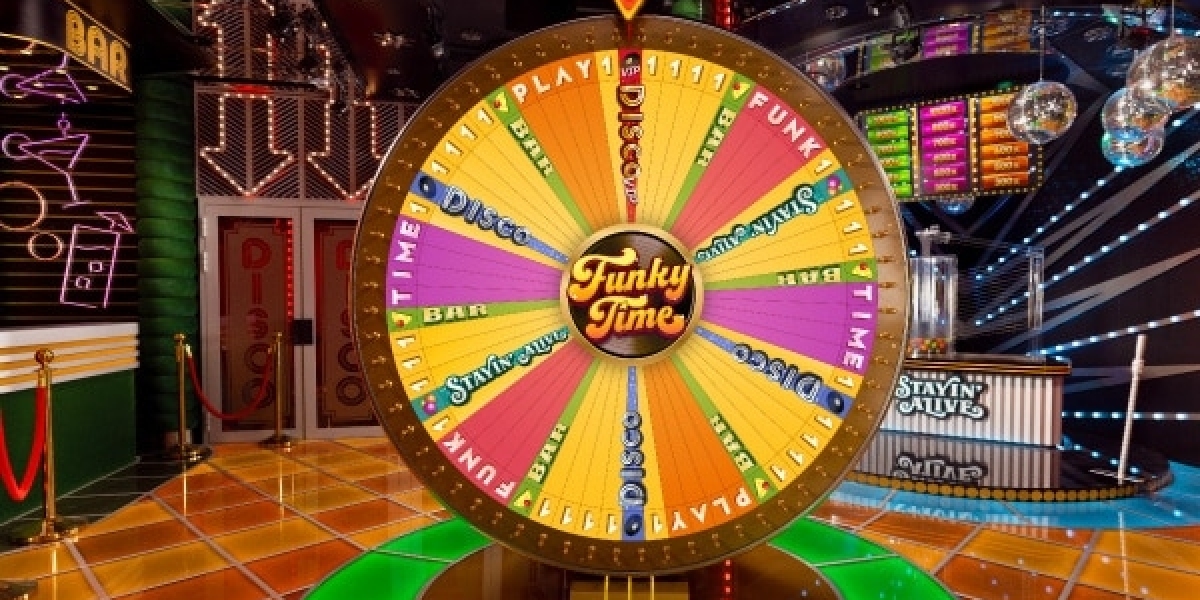Introduction
Artificial Intelligence (AI) is reshaping education, with tools like ChatGPT becoming increasingly popular among students for drafting essays, solving assignments, and generating research ideas. While these AI tools offer immense convenience, they raise serious concerns about academic integrity. A question that frequently arises is: Can Turnitin detect ChatGPT?
We will explores the capabilities and limitations of Turnitin in detecting AI-generated content, focusing on ChatGPT. We’ll break down how detection works, the accuracy of Turnitin's AI detection tool, and what students and educators should know in 2025.
Understanding ChatGPT and Its Academic Use
ChatGPT, developed by OpenAI, is a sophisticated language model that generates human-like text. It can write essays, summarize readings, translate texts, and even solve mathematical problems. Due to its efficiency and accessibility, students increasingly use ChatGPT for academic purposes.
However, many institutions view using ChatGPT without proper citation as academic misconduct. This has led to increased demand for tools that can detect AI-generated content, with Turnitin being one of the most widely used plagiarism detection platforms.
What is Turnitin?
Turnitin is a plagiarism detection service that checks submitted documents against a massive database of academic papers, websites, and student work. It generates a similarity report, showing how much of the content matches other sources.
In 2023, Turnitin launched an AI writing detection feature designed to identify text generated by large language models like ChatGPT, GPT-3, and GPT-4. This new detection technology aims to support academic honesty in the age of AI.
How Does Turnitin’s AI Detection Work?
Turnitin’s AI detection model uses machine learning algorithms trained to recognize patterns and features specific to AI-generated writing. These features include:
- Lack of personal voice or nuance
- Overly structured sentence patterns
- Limited variation in vocabulary
- Absence of errors typical of human writing
The system analyzes entire documents and assigns a probability score indicating the percentage of text that is likely AI-generated. For example, it might report: “85% of this text is likely to have been written by AI.”
Importantly, Turnitin's AI detector doesn’t rely on matching text to known AI outputs. Instead, it examines the linguistic and statistical patterns of the writing.
Can Turnitin Accurately Detect ChatGPT?
Turnitin’s AI detection tool is relatively effective—but not perfect. According to Turnitin, their model has an accuracy rate of 98% for fully AI-generated texts, but its effectiveness drops when dealing with:
- Human-edited AI content
- Hybrid texts (part human, part AI)
- Paraphrased or highly customized AI output
For example, if a student uses ChatGPT to generate a draft and then rewrites or edits it significantly, Turnitin’s detection may not flag it with high certainty. Similarly, if only small sections are generated by AI, the detection score may be low or inconclusive.
Also, false positives can occur—Turnitin may flag genuinely human-written text as AI-generated, particularly if the writing is highly formal, structured, or lacks personal voice.
What Turnitin Does Not Detect
It’s important to note that Turnitin cannot:
- Detect the specific AI tool used (e.g., ChatGPT vs Claude vs Gemini)
- Trace back content to OpenAI or ChatGPT
- Provide evidence that conclusively proves AI use
It can only estimate the likelihood that a text is AI-generated based on linguistic features. Thus, the report is probabilistic, not definitive proof.
Implications for Students
If you’re a student using ChatGPT to assist with your work, you should be aware of the potential consequences. Many universities treat uncredited use of AI as plagiarism or misconduct. Even if Turnitin does not detect the content as AI-generated, instructors may identify it based on writing style or content quality.
To avoid academic penalties:
- Use AI as a guide, not a ghostwriter
- Edit AI output significantly
- Cite AI sources if required by your institution
- Understand your school’s AI policy
In short, transparency is key. If your institution allows AI use with proper disclosure, make sure you follow those guidelines.
Implications for Educators
Educators must also be cautious when using Turnitin's AI detection scores. A high AI score is not automatic proof of misconduct. Teachers should:
- Look for context, such as writing style differences
- Consider comparing the flagged assignment with previous submissions
- Talk to the student before taking disciplinary action
Using Turnitin’s AI detector responsibly involves understanding its limitations and treating it as a supporting tool, not a final judge.
Alternatives and Complementary Tools
While Turnitin is leading the way in AI detection, other tools are available, such as:
- GPTZero
- Originality.AI
- Copyleaks AI Detector
Some of these tools offer slightly different algorithms or better performance with specific types of texts. However, all AI detectors share a common limitation: no tool is 100% reliable in distinguishing human vs AI writing, especially when the output is modified.
Can Students Bypass Turnitin’s AI Detection?
Many students wonder if it's possible to bypass Turnitin’s AI detection. Technically, yes—but with effort.
Common tactics include:
- Paraphrasing or rewriting AI text
- Mixing AI-generated and original content
- Using AI in stages (e.g., outline only)
- Editing the AI text manually to sound more human
However, trying to “trick” the system is risky. Even if you bypass the AI detector, your professor might still suspect AI use based on writing quality, tone, or inconsistency with your past work.
Ultimately, the ethical question remains: Is using AI this way really your own work?
Conclusion
So, can Turnitin detect ChatGPT? Yes—to a certain extent. Turnitin’s AI detection is sophisticated but not infallible. It provides useful insights, but results should be interpreted carefully by both students and educators.
For students, the safest path is to use ChatGPT responsibly: as a research assistant, not a substitute for original thinking. For educators, AI detection tools should be used as part of a broader strategy to promote academic honesty.
As AI continues to evolve, so too will the tools that aim to regulate its use in education. In the meantime, awareness, transparency, and ethical practices are the best safeguards.









